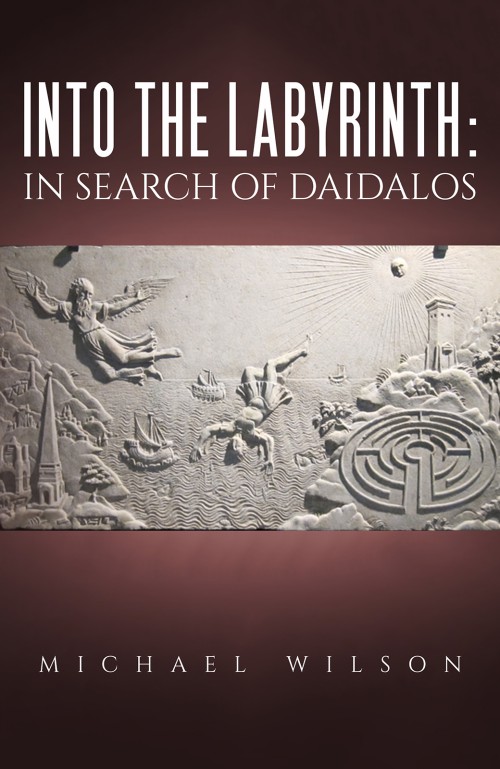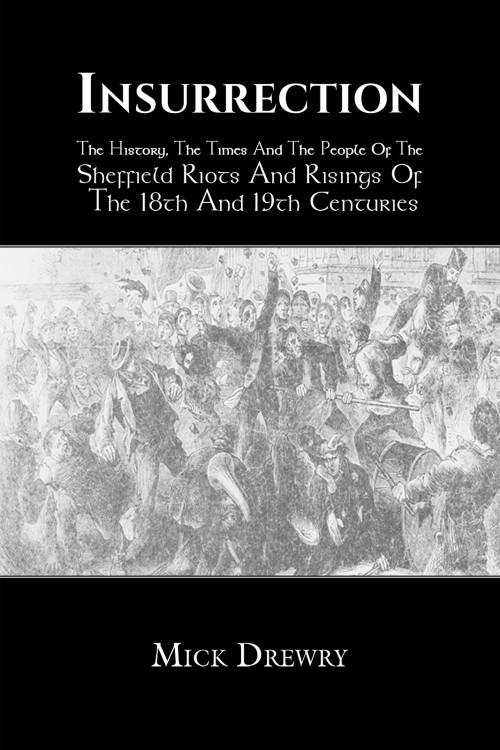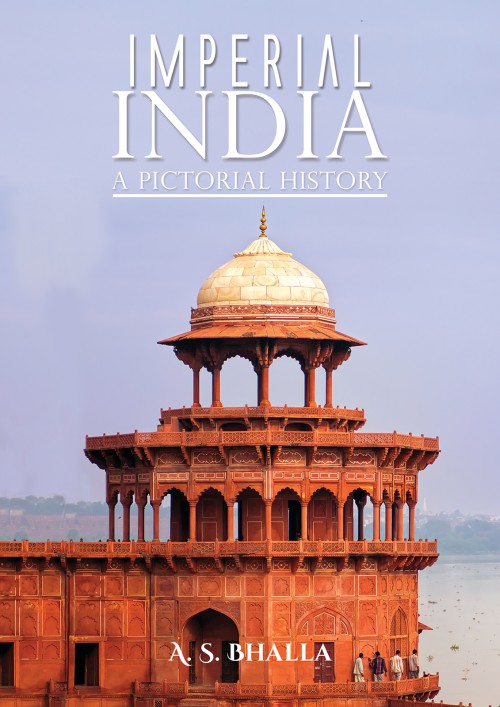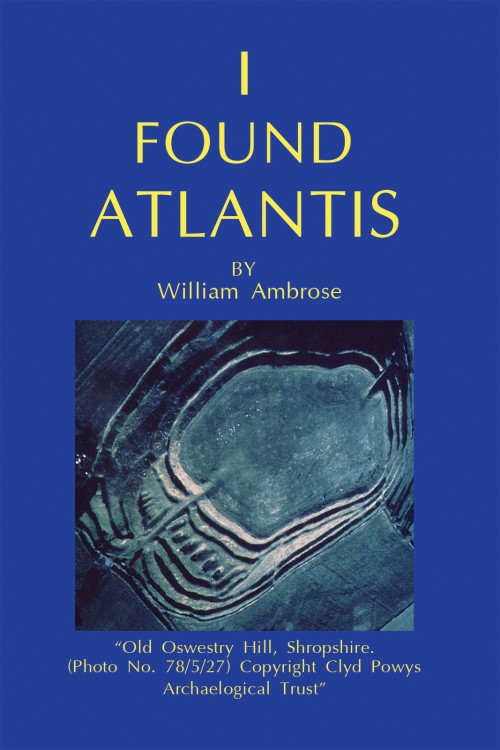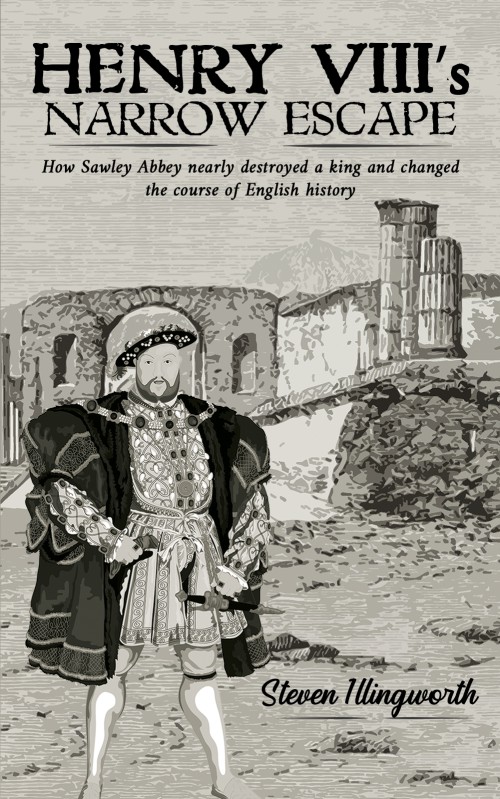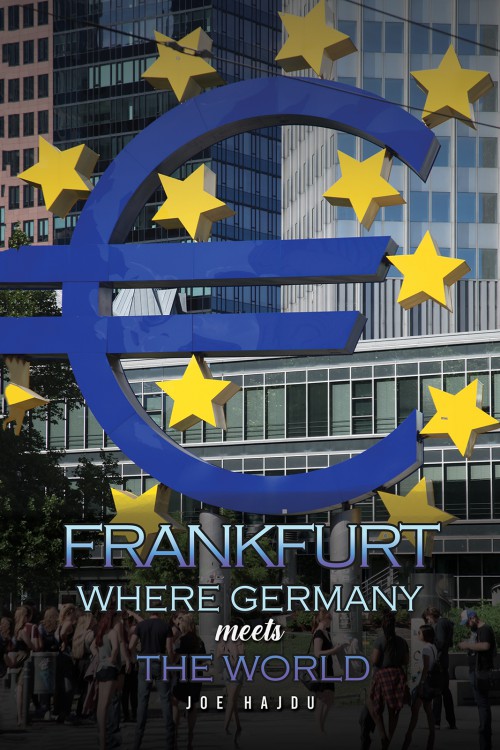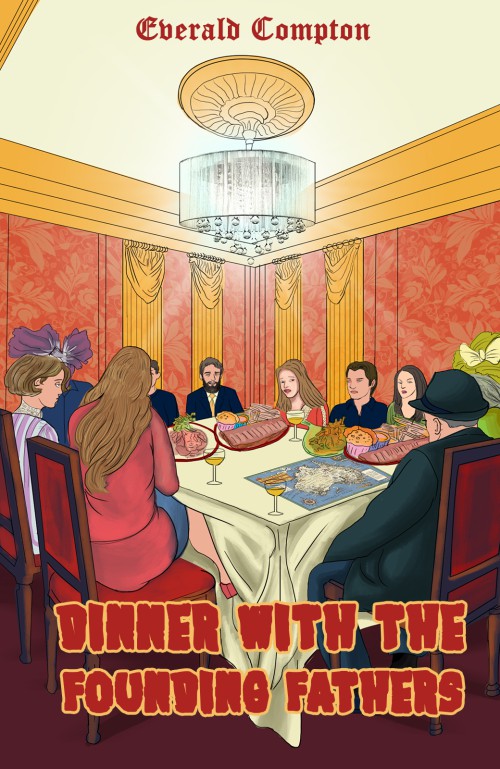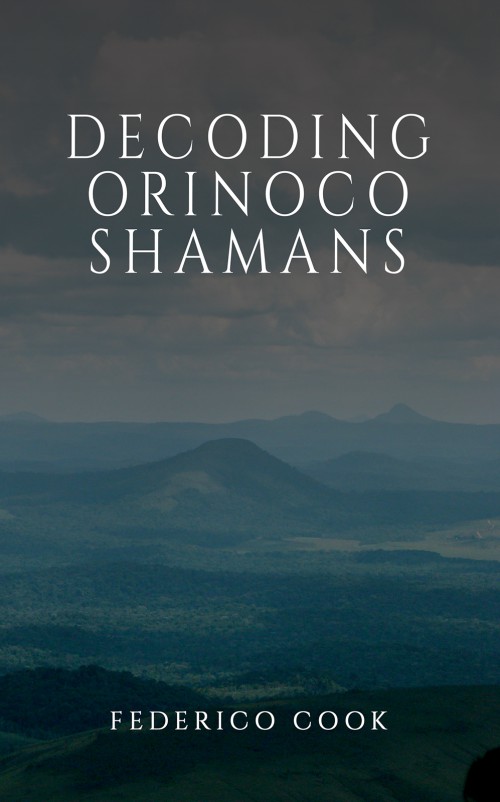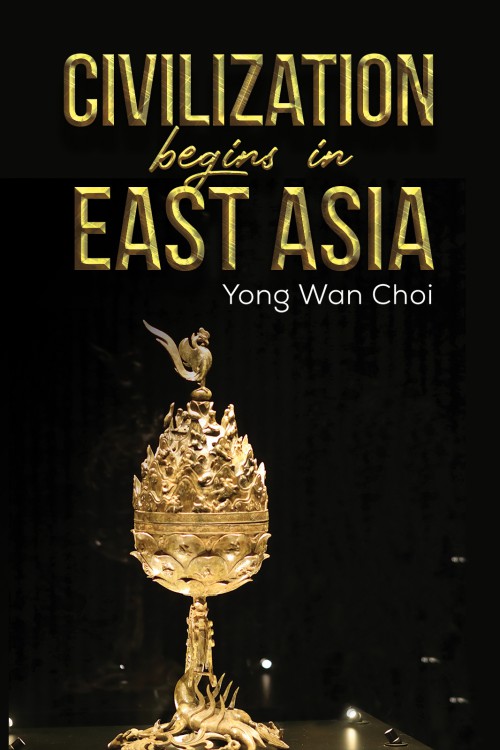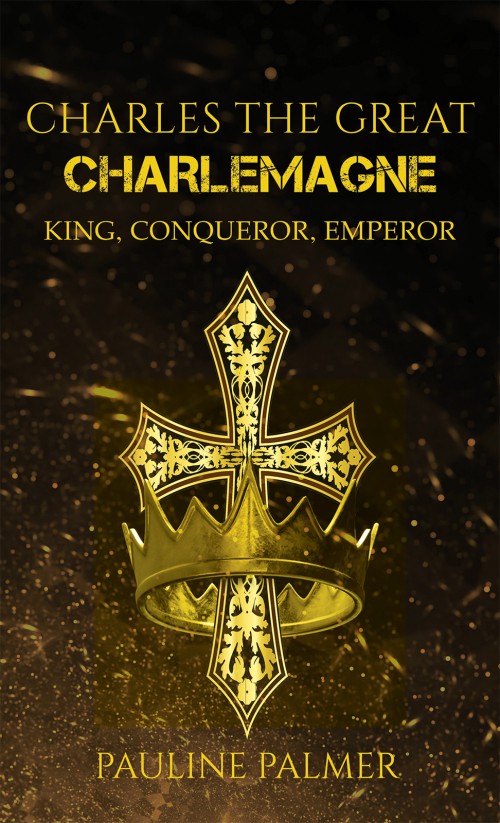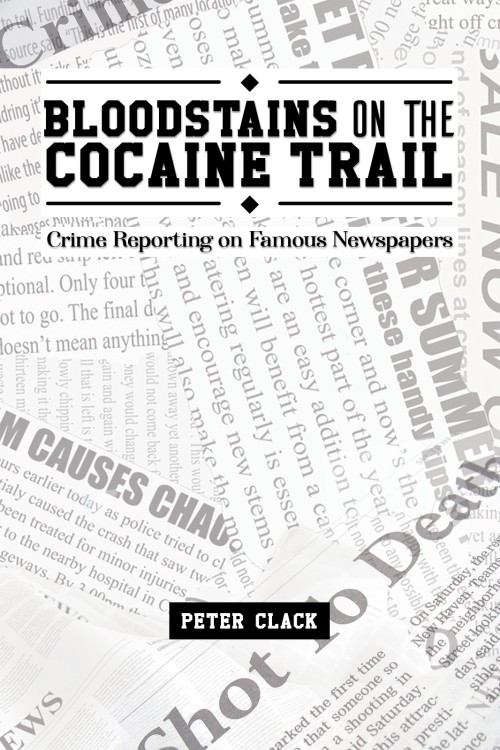-
Into the labyrinth: in search of Daidalos
Daidalos was a polymath who foreshadowed Leonardo da Vinci by 3,000 years and was famed as an artist, inventor, scientist and engineer. Despite his many talents and his contributions to the advancement of humanity, his interactions with those he knew resulted in mayhem, and this is what makes his life so fascinating. First of all, he was responsible for the death of three close relatives – his son, his sister and his nephew. Secondly, his actions resulted in the death of King Minos who was a son of Zeus. Thirdly, he was involved in both the creation and destruction of the monstrous bull-human hybrid known as the minotaur. Finally, the lives of two of the most important women of Crete, Queen Pasiphae (the daughter of the sun god, Helios) and her daughter, Ariadne, were devastated by his interventions. It could be argued that his actions contributed to the downfall of the Minoan civilization and its subjugation by the Mycenaeans. This book is the story of his fascinating life, the times in which he lived and the legacy he has left us.
£3.50 -
Insurrection
‘Damn bad place Sheffield,’ said King George Ill, reflecting on the town’s reputation as a hotbed of radicalism with revolutionary tendencies, a reputation it maintained for much of the 19th century, augmented by the numerous times that the Riot Act was read to the Sheffield mob. Yet few Sheffield riots were in the name of revolution. They were more to do with social inequalities, injustice and deprivation, only the Chartists’ rising and connections with the Pentrich rising came close to revolution. The price of provisions, the lack of democracy, oppression and perceived assaults on social norms by new religious movements were the dominant causal factors of social disorder in the Sheffield of the 18th and 19th centuries, the protagonists being coal owners, market traders, magistrates, politicians, the police, the militia, resurrectionists, Wesleyans, Mormons and Salvationists. A personal dispute and an attempted robbery also brought out sections of the Sheffield townsfolk in protest and riot. Some of the events in this book will be familiar to the student of Sheffield’s history; some of the events will amaze them; all of the events detailed in Insurrection will fascinate the general reader.
£3.50 -
Imperial India: A Pictorial History
Magnificent palaces, forts and fortresses, victory towers and memorials, among others, are the living symbols of imperial lavishness in India. The book describes and illustrates royal edifices from Agra, Bombay, Calcutta, Delhi, Fatehpur Sikri, Hyderabad, Lahore, Madras, Poona, Rawalpindi, Quetta and Simla. The physical history of the above architecture is juxtaposed with social history of the time, for example, segregation of the British rulers from their subjects, and habits and customs of the colonial rulers and Indian and Burmese princes. The cultural history of the times is captured by the establishment of Shakespearean theatre, musical comedies and drama in the Indian sub-continent. Transport history is addressed through a discussion and illustration of Indian railways, among the largest transport networks in the world. My private and rare collection of vintage postcards published in Germany and the UK between 1905 and 1910 is the main source of illustrations in the book.
£3.50 -
I Found Atlantis
In this book, the author takes readers on a journey back in time to the origins of the Atlanteans. Explore the citadel built by Poseidon and discover the truth behind the myth of Atlantis. Uncover the story of how the Atlanteans were forced to flee rising floodwaters and where they went. Through historical evidence and research, this book aims to prove that Atlantis is not just a myth, but a real and fascinating part of our history.
£3.50 -
Henry VIII’s Narrow Escape
In 1536, King Henry VIII faced a major rebellion called The Pilgrimage of Grace, in opposition to the religious changes being imposed by the king and his ministers. The rebels, based mainly in the north of England, were particularly keen to defend the monasteries against the government’s attempt to close them down. This book tells the story of the struggle for Sawley Abbey on the border of Yorkshire and Lancashire near Clitheroe and how close Henry VIII came to a disastrous defeat there. The involvement of other northern monasteries in the struggle to save Sawley, at Whalley and Furness, is also explored. In his dealings with all three of these monasteries, Henry enjoyed great fortune and a very narrow escape. This is the story of how close these monasteries came to destroying Henry VIII and changing the entire course of English history.
£3.50 -
Frankfurt: Where Germany Meets the World
Frankfurt is at the crossroads of Europe. It is where for a thousand years the major trade routes between Amsterdam-Milan and Paris-Moscow have intersected. Today it is where thousands of people arrive, depart and change flights every day. Trade, transport and finance have been the lifeblood of Frankfurt. But it has also been the home of an amazing series of people who have made their mark in Frankfurt, in Germany and if not the whole world. They include Johann Wolfgang von Goethe the Shakespeare of German culture, Sibylla Merian the pioneer of botanical art, Alois Alzheimer who gave his name to the degenerative illness, Käthe Paulus who invented the modern parachute and the philosopher Arthur Schopenhauer. The most famous citizen of Frankfurt has been the banker Mayer Amschel Rothschild, whose rags to riches story is one of the most astounding in all human history. Hajdu interweaves the life and work of these people with the history and present features of Frankfurt. The result is a rich tapestry of a fascinating and very colourful city.
£3.50 -
Dinner with the Founding Fathers
Few Australians have any awareness of how their nation was established on 1 January 1901 when six self-governing British colonies joined together as one nation.
It was achieved after a dozen years of superb negotiations in which Federation conventions drafted and agreed on a splendid constitution which was approved by six colonial parliaments, six referendums in which ordinary Australians had their say, negotiations in London to have the British parliament gave its approval and finally gain the agreement of a difficult Queen Victoria who wanted the six colonies to become counties of England.
Above all, it was achieved without violence, unlike their counterparts in USA.
Everald Compton has now written a vivid account of it all as he creates a dinner held ten years after Federation in which the founding fathers relive the great political and legal battles they fought and the huge parochial attitudes they overcame to create a nation.
It is one of those books which makes you stay awake to turn the
next page.
More importantly, it will get you thinking about the changes that are needed to the Constitution 120 years after Federation to make it relevant to a hugely different and rapidly changing world.£3.50 -
Decoding Orinoco Shamans
This book is a tribute to the shamans of the Orinoco, those men who learned to bow to nature by using the multiple facets of the human mind. It is also the expression of a blood debt of more than five hundred years, for where many saw only charlatanism and deception, there was an elaborate tradition of wisdom, far ahead of its time, which vanished forever as a result of the violence that followed the discovery of America.
£3.50 -
Civilization begins in East Asia
Before the birth of China, Baekje’s ancestors began the Yellow River civilization, the Indus civilization, the Mesopotamian Sumer civilization, and the Aztec and Mayan civilizations in Central America. East Asian cultures and civilizations have spread to every continent of the world. The Chinese people were absorbed into the Korean. A mixture of Korean and Chinese people appeared in Asia for the first time in the time of the Zhou Dynasty.
£3.50 -
Charles The Great - Charlemagne
Charlemagne was perhaps one of the most remarkable of the Kings of France. Born on 7 April 742, his astonishing rise to power has long fascinated historians. The founder of the Carolingian dynasty, he united much of Western Europe under his banner.
After he was crowned King of the Franks, he constantly travelled across his lands from Spain to Italy, defending his Realm, but also encouraging education, the building of beautiful public architecture, artwork, and the adoption of Christianity. There was contact with diverse rulers, from the Byzantine empire, the Saracens of Spain, Danish Kings and Kings of Wessex.
He had to deal with treachery from within his own family, and dealt with numerous other factions in his reign, subduing the Lombards, Saxons and Avars, sometimes with magnanimity, and other times with severity. He lived to see five Popes of the Roman Catholic Church, and was finally crowned Holy Roman Emperor in 800.
He, more than anyone else, made the European 'Dark Ages' light.
£3.50 -
Boudicca – Her Place in History and the Fortunes of Her Tribe
This book, through extensive research and analysis, endeavours to reveal what actually happened when in 60 AD Boudicca was elected to lead the united British tribes in their war against Roman rule. Despite the brutal punishment she had suffered at the hands of the Roman officials, Boudicca recovered to command a brilliantly effective military campaign against the pre-eminent super power of the ancient world.
This is the story of the momentous events that culminated in the great British uprising against the Roman occupiers and their army, and challenges the credibility of the traditional ‘histories’ of Boudicca. So, while it is about Boudicca, her life and achievements, it also seeks to follow the fate of her tribal people – the Iceni. In the aftermath of the war, many migrated through Ireland to the Scottish Highlands.
Regardless of a short lived ‘golden age’, the descendants of the Iceni have suffered a succession of ethnic cleansings over 2000 years through war, famine, migration, plague, forced emigration and invading armies. Today the remnants – represented by the McEachrans, Cochrans and the many variants of these names – are scattered throughout the world and have lost the identity of their origins.
£3.50 -
Bloodstains on the Cocaine Trail
A homicide crisis began sweeping America after massive quantities of cocaine first began their journey into America in 1986. Drugs were trucked along the highways of the Cocaine Trail to every city in America. This influx of a deadly new drug led directly to a series of record deaths from overdoses, suicides and crime-related murders, family breakdowns and destroyed lives. Drugs are credited with driving the highest homicide rates in American history and a raging turf war between street gangs.
Crack cocaine unleashed a brutal era of violence, placing newspapers under enormous pressure to provide coverage. Relations with police were breaking down everywhere and crime coverage was in its death throes. Newspapers could not cover the homicides or give any context or explanations to such a social upheaval. Editors, reporters and police now reveal the shocking truth behind this agonizing episode in American history, when crime reporters had to re-invent journalism to get behind the police blue code. This book combines investigative journalism and narrative style to produce a rare portrait from within the secret inner world of newspapers.
£3.50

